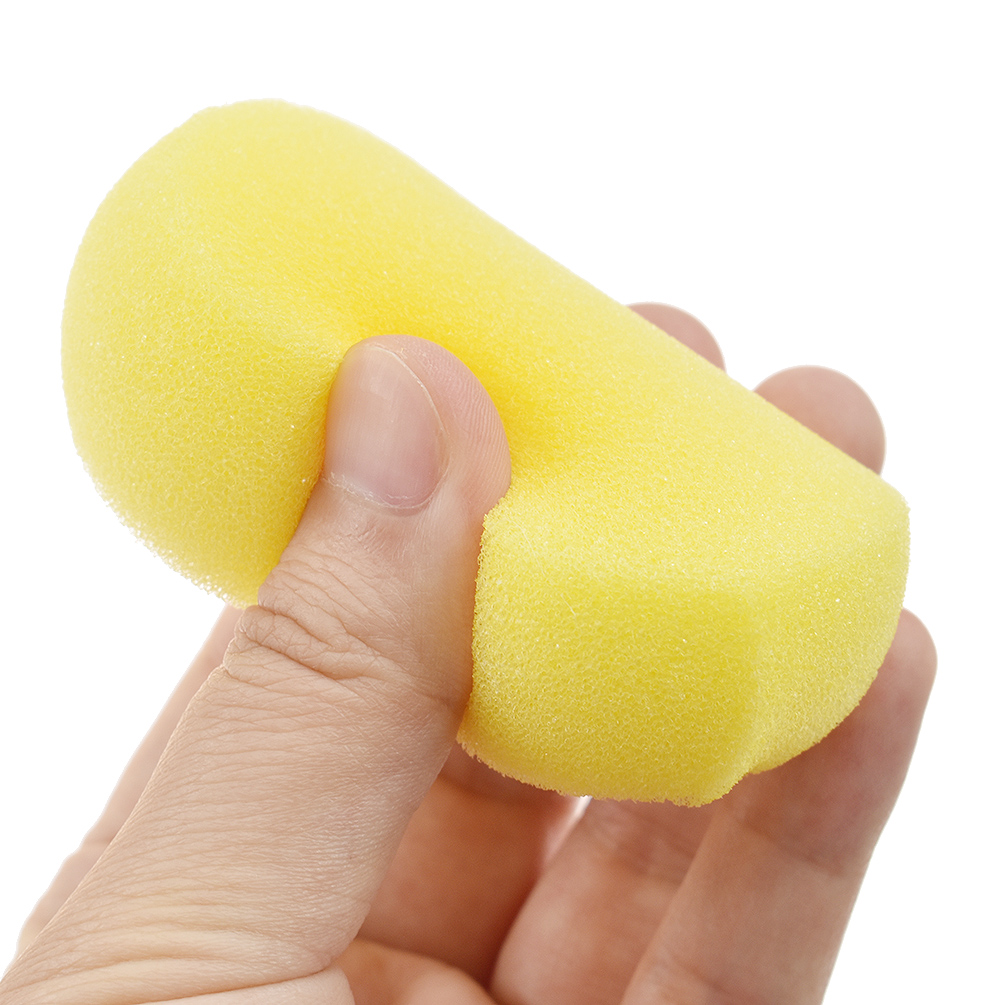

Tile lines simply remove gravitational water. There are some who believe that tiling soils can lead to drought. This is ideal moisture and plants grow best at this moisture level. At this point, air fills the larger pores and thick films of water (cohesive water) surrounds each soil particle. When drainage stops, the soil moisture level is at FIELD CAPACITY. This movement takes longer in the fine textured soils. Most of the extra water, called GRAVITATIONAL WATER, drains through the root zone of a well-drained soil in about 48 hours. By contrast, for fine textured soils (clay loams, silty clay loams) this extra water can remain in the pores unless removed with tile. It moves downward through the soil profile in response to gravity. For some soils (sandy, silt loams) this water does not normally remain in the soil pores. This is called saturation – a common term. At first, the pores are filled with water. This pore space is about 50% of any volume of soil.Ĭonsider what happens to water that enters soil after a heavy rain. This is an adhesive force which is much stronger than the cohesive forces.Īny volume of soil contains solid materials (about 50%) and pore spaces (space between soil particles). The water molecule is also attracted to soil particles. So, water molecules are attracted to each other. These positive and charges are like the positive and negative terminals in a battery but current does not flow. Although water (H2O) is a molecule, there is a positively charged end as well as a negatively charged end. Water molecules are attracted to each other via cohesive chemical bonds. There are two attractive forces that work together and affect the availability of water in soils. Recognizing, that it’s important to manage water in order to achieve optimum crop yields, a basic understanding of water in soils is important.

Conversely, it’s necessary to remove excess water when the fine-textured heavy soils are used for crop production. In Minnesota, the challenge is to manage crop production where relatively small amounts are held by the sandy soils. Stoneware clays have an absorption factor of about 2 to 5 percent, and are usually fired to temperatures ranging from 2100 degrees to 2372 degrees F (cone 3-cone 11*).In much of the world, water is the most limiting factor that affects crop plant growth. Another important factor when choosing your wet room floor tiles is slip resistance. Porcelain tiles are denser than ceramic and therefore less porous, harder and more durable long term. Whilst ceramic tiles are suitable for wet room walls, we would only recommend using porcelain on a wet room floor. Luckily we can help you to identify water ingress before it is too late and the damage has been done. Most tiles have the capability of absorbing water.

However, these materials are not food-safe.
#DOES CLAY ABSORB WATER MOD#
While air dry clay can’t be completely waterproof, you can make it water-resistant by applying 1-3 coats of varnish, acrylic or water-based paint, Mod Podge, or liquid epoxy resin to the final product. How do you seal unglazed ceramics?Ĭeramic Sealer Unglazed Is natural clay waterproof? This will probably happen even if you use glaze, because it is very difficult to get a perfect clay/glaze fit which will expand and contract together and not craze. Both will leak over time if you leave water in them. Acidic food or drink is especially likely to cause lead to leach out of ceramics, unfortunately for coffee drinkers with favorite earthenware mugs. If ceramics are baked for long enough at hot enough temperatures, they may still be safe, but if not, the lead can leach into food and cause lead poisoning. When consuming acidic foods, such as coffee, any lead that may hide in the glaze can leach out and cause health problems. What is clay absorption rate? Can you drink out of unglazed ceramics?Ĭan You Drink Out Of Unglazed Ceramics? It is possible that lead may be present in ceramic kitchen items baked in an older kiln, such as mugs, bowls, plates, and other items.


 0 kommentar(er)
0 kommentar(er)
